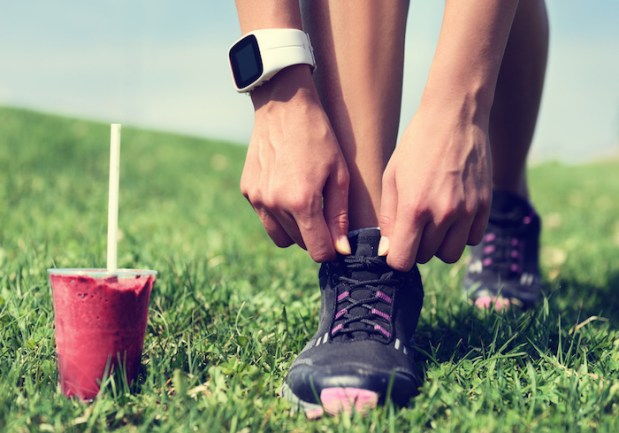Consumer Wearables Demand Dwindling

Wearable manufacturers are not counting sales as fast as users are counting their steps.
A new report on wearable demand by Argus Insights has revealed a decline in wearable sales after hitting a high post-holidays in January this year.
Over the last year and a half, a plethora of wearable devices, ranging from wristbands to watches and smart glasses, inundated the market. The demand for wearables picked up early this year after a period of lost interest that slowed down sales after the holiday season of 2013, the report found out upon reviewing data from a 328,000-wide user base.
After the low in late 2013, a swing in the market occurred as consumer attention moved from one wearable device to another, due in large part to increased media coverage. For the most part, it remained a tug of war between the Apple Watch, which was announced in September last year, and Fitbit.
With the Apple Watch’s announcement, consumer interest in Fitbit took a backseat as they waited for the release to decide between the two. Once the Apple Watch details were released, Fitibit once again climbed up the popularity chart with growth in sales and so did other wearable products, according to the report.
While Fitibit has been gaining popularity and market size post-IPO, its customer reviews are painting a picture of disappointment. Apple, on the other hand, slowly, but swiftly is gaining consumer favor.
In mid-June this year, reports emerged estimating the sales of the Apple Watch to have touched around 3 million units since its launch in April. While that might appear to many experts as a good start, the market, including Apple’s wearable device, is slowing down.
“Our analysis of review volume for the wearables market correlates directly with unit sales volume, and we have seen a significant slowing in consumer demand for both wearables in general and fitness bands in particular,” said John Feland, CEO and founder of Argus Insights.
While the upcoming holiday season might be a silver lining to the slowing wearable market, Feland believes it’s time for fitness wearable companies like Fitibit, which aren’t doing as well as products like Apple Watch, Moto 360 and LG Watch, to step up their game to keep consumers engaged and wanting for more.
[vc_row full_width=”” parallax=”” parallax_image=””][vc_column width=”1/1″][/vc_column][/vc_row][vc_row full_width=”” parallax=”” parallax_image=””][vc_column width=”1/1″][vc_separator color=”grey” align=”align_center” style=”” border_width=”” el_width=””][vc_single_image image=”148412″ alignment=”center” style=”vc_box_shadow_3d” border_color=”grey” img_link_large=”” img_link_target=”_blank” css_animation=”left-to-right” img_size=”full” link=”http://www.pymnts.com/whats-hot-today/”][vc_column_text css_animation=””]
To check out what else is HOT in the world of payments, click here.
[/vc_column_text][vc_separator color=”grey” align=”align_center” style=”” border_width=”” el_width=””][/vc_column][/vc_row]
